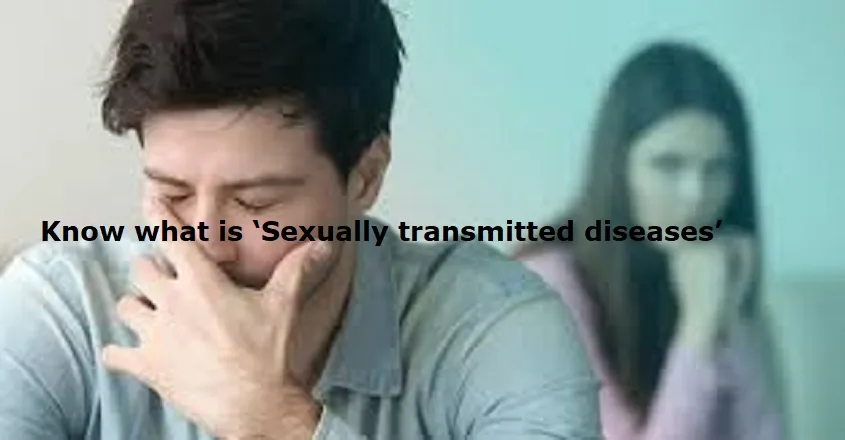
Sexually transmitted diseases (STDs) are infections that can be transmitted through sexual contact with an infected individual. These are also termed sexually transmitted infections or STIs. STDs can be transmitted during vaginal or other types of sexual intercourse including oral and anal sex, but some are acquired simply by skin-to-skin contact.
STDs can be caused by over 20 different types of organisms, including:
Viruses such as HIV, hepatitis B, herpes simplex and human papillomavirus (HPV)
Bacteria such as gonorrhea, chlamydia, and syphilis
Parasites like Trichomonas
Both males and females are at equal risk for STDs but the complications are often more serious for women, including pelvic inflammatory disease (PID), infertility and pregnant women, fetal defects. Chlamydia and gonorrhea can cause female sterility if not treated, and any STD increases the chances of getting HIV.
The primary risk factor for an STD is unprotected sexual intercourse or contact. It is important to know that all people with an STD do not have symptoms. The highest risk is for certain groups which include:
Those with multiple sex partners, or whose partners have sex with multiple others
Individuals in non-monogamous relationships who do not use condoms during sex and their partners
Commercial sex workers
Drug abusers, especially those who drink and use injectable drugs, because they tend to practice high-risk sexual behavior
Young people who account for 50% of all cases of STIs
Men on drugs for erectile dysfunction
Children of infected mothers through vertical transmission
The symptoms of STDs vary with the type of infection, but they commonly include:
Also Read: Know what is a honey pack
Discharge from the penis or vagina.
Itching around the genitalia.
Pain experienced during sexual intercourse or while urinating. The pain may be of a stabbing or burning nature or dull pain in the pelvic area.
Chancre sores due to syphilis are typically painless, red sores present around the genital area, anus, mouth, tongue or throat.
Pain in and around the anus. Similarly, there may be sores and pain in the mouth in those who have oral sex with an infected person.
There may be blisters around the genital area that turn into scabs.
There may also be soft, flesh-colored warts around the genital area.
There may be a scaly rash over the palms of the hand and soles of the feet or the trunk.
In the case of hepatitis, urine may appear dark and stools light and chalky color. The whites of the eyes, nail beds and skin may also become a yellowish color.
General symptoms of some STIs include fever, weakness, body and muscle aches and swollen lymph nodes.
People with STDs may experience complications like:
Pain in the pelvis
Pregnancy complications including miscarriage, stillbirths and fetal anomalies
Inflammation of the eyes, joints
Heart and blood vessel disease
Infertility
PID
Cancer of the cervix, throat, rectum and other areas due to HPV infection

Post Your Comments